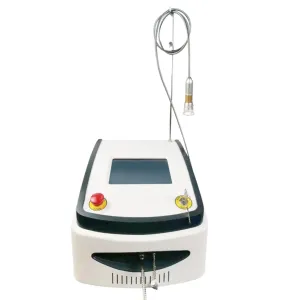What Are The Specialties Of Veterinary Monitors?
The use of advanced technology is crucial when it comes to providing optimal care for our furry friends. For example, Veterinaire Monitors are specialized medical devices used to monitor an animal's vital signs and overall health. Veterinarians can diagnose, monitor, and treat animals with precision and accuracy using these monitors.
Specialties Of Veterinary Monitors:
Comprehensive Vital Sign Monitoring: Animal monitors are equipped with sensors and probes that measure vital signs such as heart rate, respiratory rate, blood pressure, temperature, and oxygen saturation. Veterinarians can use these devices to detect and treat potential health issues in real-time, which allows them to track fluctuations in vital signs.
ECG And Cardiac Monitoring: The electrocardiogram (ECG) feature is available on many veterinary monitors, allowing veterinarians to evaluate the heart's electrical activity. It detects irregular heart rhythms, abnormalities, and signs of cardiac distress in animals. Monitored ECGs & Veterinaire Ultrasound Scanners are particularly useful for diagnosing heart conditions and evaluating cardiac treatments.
Anesthetic Monitoring: A veterinary monitor provides specialized features for monitoring anesthetics during surgical procedures or sedation. The features of these devices include monitoring the depth of anesthesia, end-tidal carbon dioxide levels (EtCO2), oxygen levels, and respiratory patterns. Monitoring anesthesia ensures the safety and well-being of animals during surgical procedures, minimizing risks and optimizing patient care.
Capnography Monitoring: Carbon dioxide levels in exhaled breath are measured by capnography. Continuous monitoring of end-tidal carbon dioxide (EtCO2) levels can be accomplished with veterinary monitors equipped with capnography. Veterinary technicians can use capnography to assess ventilation, identify respiratory abnormalities, and make timely interventions based on the results.
Oxygen Monitoring: The proper oxygenation of animals is essential for their health. In veterinary monitoring, oxygen saturation levels (SpO2) are measured with pulse oximetry. The feature allows veterinarians to assess an animal's blood's oxygen-carrying capacity. Oxygen levels should be monitored during surgery, emergencies, or when managing respiratory conditions.
Trend Data And Data Management: Data on vital signs can be stored and analyzed over time using veterinary monitors. By using this feature, veterinarians can track trends, compare readings, and identify patterns in animals' health. Data management capabilities enhance diagnostic capabilities, aid in treatment planning, and support evidence-based decision-making in animal care.
Conclusion:
The use of Veterinaire Monitors contributes to the advancement of animal healthcare. Their specialized features and capabilities allow veterinarians to assess vital signs accurately, diagnose conditions, monitor anesthesia, and ensure animals' well-being. Our beloved pets benefit from veterinary monitors because they provide comprehensive and real-time data. The use of veterinary monitors enhances the quality of care. It shows the commitment of veterinary professionals to stay on top of technology to provide the best possible care to animals.


Comments
Post a Comment